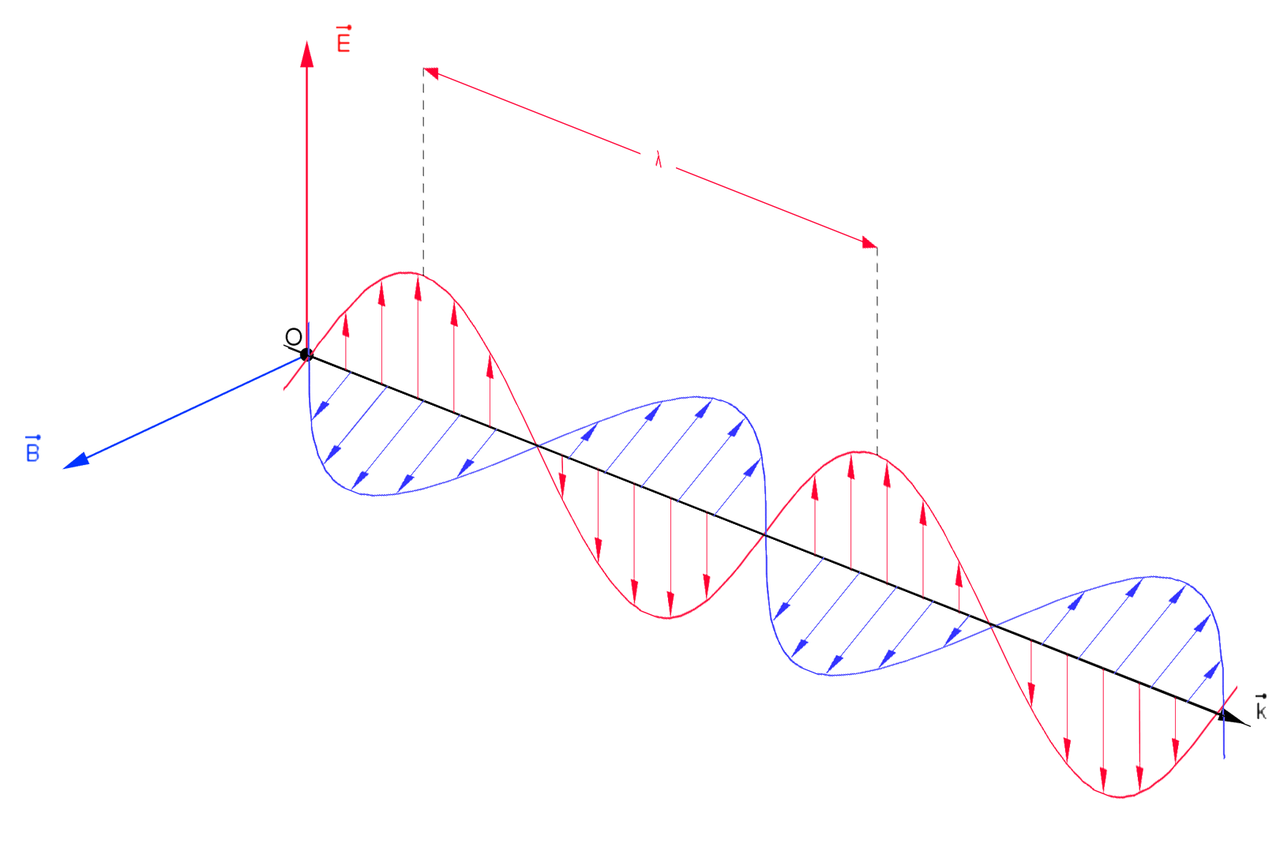
RFID Antennas and Electromagnetic Wave Energy
RFID antenna rely on electromagnetic waves to transmit and receive data wirelessly. First, electromagnetic waves act as a critical form of energy in this process. In fact, every object above absolute zero emits these waves naturally. Importantly, hotter objects generate waves with shorter wavelengths, a principle that underpins thermal imaging and sensor technologies. Just as air remains invisible yet surrounds us, most electromagnetic waves—except visible light—permeate our environment undetected.
The Role of Electromagnetic Fields in RFID Systems
To understand , we must explore electromagnetic fields. Here’s the key idea: electricity and magnetism are inseparable partners. For instance, a changing electric field, such as one produced by an alternating current in an RFID antenna, generates a magnetic field. Conversely, a shifting magnetic field induces an electric field. Together, these interactions form the electromagnetic field—a unified force driving wireless communication.
How RFID Antennas Propagate Electromagnetic Waves
This process begins when changing electromagnetic fields radiate through space as waves. Think of it like wind creating ripples on water—these waves carry energy and information. Because of this behavior, RFID antennas efficiently transmit data across distances. In practical terms, engineers design RFID systems to operate at specific frequencies, ensuring compatibility with devices like UHF RFID antennas.
Electromagnetic Wave Frequency in RFID
Defining Frequency for RFID Applications
Scientists define frequency as the number of wave cycles passing a point per second. They calculate it by dividing the wave’s speed by its wavelength. In RFID systems, frequency is measured in Hertz (Hz), determining how quickly data transfers between antennas and tags.
Classifying Waves for RFID Antennas
Researchers categorize electromagnetic waves into types like radio waves, microwaves, and UHF signals—all vital for RFID applications. Each type operates at a unique frequency, enabling tailored solutions for logistics, inventory tracking, and access control.
Why Frequency Matters in RFID Systems
Engineers use frequency to optimize performance. Higher frequencies, like those in UHF RFID antennas, allow faster data rates and longer ranges. Lower frequencies, however, excel in penetrating materials like liquids or metals. By balancing these traits, RFID systems achieve reliability across industries.
Explore High-Performance RFID Antennas
Ready to enhance your wireless communication? Discover our range of UHF RFID antennas, designed for precision and durability. Learn more at Qerwin UHF RFID Antennas.

RFID Antenna Electromagnetic Waves








